Better Never Stops
As a business owned and run by engineers, it's in our DNA to constantly be looking to design new products and improve current ones.
When Stewart Golf started selling the Z Series in 2010, the industry was quick to proclaim it one of the best push trolleys on the market. Sales success quickly followed, with the product stocked in hundreds of stores all over the UK.
There is a framed 'Team GB' 2012 Olympic poster that hangs in our factory that states, "Better Never Stops", and in this vein work had started on how we can take the already successful Z Series concept and improve it. Obvious goals were to make the product fold smaller, make it simpler to use but with more features and of course, end up with a great looking product that will appeal to design conscious golfers. Not so obvious was how all that could be achieved!
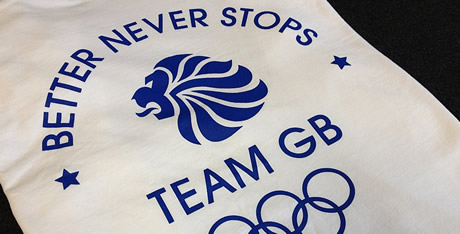

The Eureka Moment
To understand how the R1 came about, we must take a step back in time to the business that Ross Stewart (Chairman of Stewart Golf) started in the 1970s. The company was called Hytork Actuators, and its main product used the rack & pinion system to automate industrial valves in applications as diverse as air conditioning systems to chemical plants to NASA launch pads. At it's peak they produced 70,000 products a year, all based on the rack & pinion.
Although the company has long since been sold, a technical diagram of one of the products still hangs proudly in his office at home. One day while pondering new designs, he had a 'eureka' moment - why can't a golf trolley fold using a rack & pinion system?
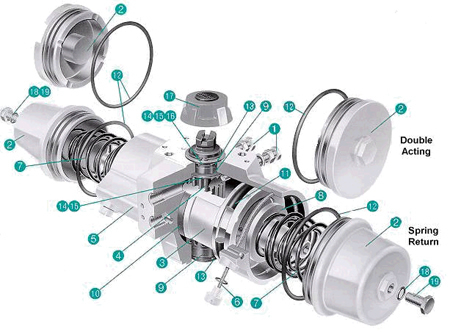

Initial Prototyping
Immediately design work started and within a few weeks, the first prototype was constructed from a mixture of rapid prototype parts and some items borrowed from the Z3 Push. The world's first rack & pinion golf trolley was born, the concept of which remains identical to the production R1 Push.
The SLS process has always been heavily utlised by Stewart Golf ever since we started designing products in the late 1990's. SLS stands for Selective Laser Sintering, and is a form of 3D printing that allows our design team to quickly build working models. All design work is carried out using the very latest in 3D CAD (Computer Aided Design), which allows designs to be very complex and almost impossible to machine using traditional techniques. The SLS parts in the images are white in colour, whereas the actual plastic mouldings are black.
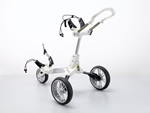
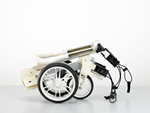
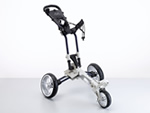
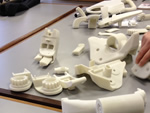
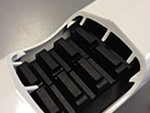
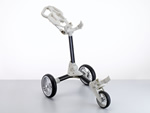
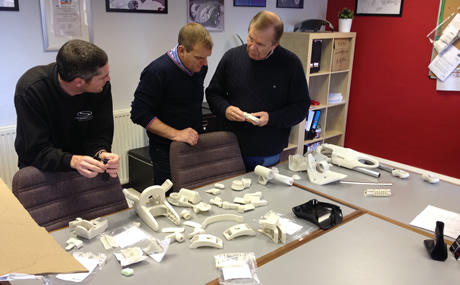

Development
Once the inspiration was proven, the perspiration started.
Working in conjunction with a British design firm, our engineers set about the task of designing an all-new product around our all-new rack & pinion mechanism. One of the key advantages of the new system is that all of the mechanism is hidden inside the lower tube, making the design aesthetic very clean. This was a perfect platform from which to build the new trolley.
Although the genesis of the R1 Push is firmly in the innovative folding mechanism, the 'user experience' on the course is all about the features that can be designed into the product. Right down to the innovative storage of golf balls and the umbrella holder, the details are key to the design of the R1 Push.
Keen to differentiate the R1 Push from its competition, the decision was made to design every component from scratch. Not a single part is shared with any other golf trolley in the world, this is truly a unique product in every sense.
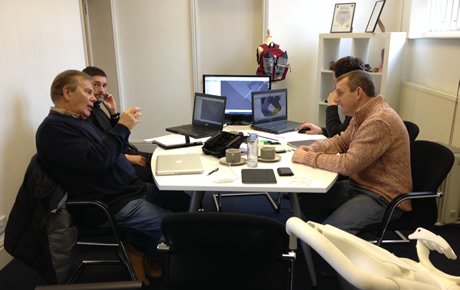

Production
Last but certainly not least, every R1 Push will be built by hand in Great Britain. This decision puts us in control of our own destiny, allowing us to react to consumer demand much more quickly than offshore production and long shipping times etc.
Plus, we're proud of the fact that we can build things in Great Britain!














